Ensuring Security Compliance: Tips, Insights & Strategies

Security compliance is critical to modern business operations, affecting sectors from healthcare to finance and public entities to private enterprises. As cyber threats become more sophisticated and pervasive, understanding the principles and requirements of security compliance is essential for protecting sensitive data and maintaining trust in technological systems. This section will delve into what security compliance entails, exploring its definition, role as a protective shield, and function as a rule book guiding corporate and institutional behavior.
What is Security Compliance?
Definition of Security Compliance
Security compliance refers to the adherence to laws, regulations, policies, and standards designed to protect information and information systems. It involves implementing specific controls, procedures, and technologies to meet prescribed security requirements set by governments, regulatory bodies, or industry groups. The purpose of compliance is to ensure that organizations manage the security, integrity, and accessibility of their data effectively, thereby minimizing the risk of data breaches, unauthorized access, and other security threats.
Security Acts as a Fortified Shield
In the context of security compliance, security measures act as a fortified shield that protects both tangible and intangible assets. This shield guards against external threats such as hackers and cyber-attacks and mitigates risks inside the organization, including accidental breaches or insider threats. Effective security measures encompass a range of strategies, from physical security controls and network security technologies to rigorous cybersecurity policies and incident response plans. The goal is to create a resilient barrier that defends and adapts to evolving threats and vulnerabilities, ensuring continuous protection across all touchpoints of the organization’s infrastructure.
Compliance is the Rule Book
Compliance is the rule book that outlines the specific requirements and practices that organizations must follow to maintain their security posture. These rules are often derived from a combination of industry standards, best practices, and legal requirements, creating a framework within which businesses operate securely. Adherence to this rule book is not merely about avoiding legal repercussions but also about fostering a culture of security within the organization. It includes regular audits, continuous monitoring, and updating security practices in response to new challenges and changes in the regulatory landscape. By following these guidelines, organizations can protect their assets and enhance their credibility and reputation among clients, partners, and stakeholders.
Importance of Security Compliance in Organizations
Security compliance is not just a regulatory requirement but a crucial component of an organization's risk management strategy. Ensuring compliance is essential for several reasons:
- Protection of Sensitive Data: Security compliance helps protect sensitive data such as personal information, financial records, and intellectual property from unauthorized access and data breaches. Organizations can safeguard their critical assets from external and internal threats by adhering to established security standards and regulations.
- Trust and Credibility: Organizations that consistently maintain high-security compliance standards are often viewed more favorably by customers, partners, and stakeholders. Compliance demonstrates a commitment to security and privacy, which can enhance an organization’s reputation and build trust.
- Legal and Financial Implications: Non-compliance can result in significant legal penalties, fines, and other financial liabilities. Regulations such as GDPR, HIPAA, and others impose stringent penalties for non-compliance, which can impact an organization's financial health and long-term sustainability.
- Competitive Advantage: In a market where consumers are becoming more aware of data security and privacy, compliance can provide a competitive edge. Companies that ensure higher security compliance standards can differentiate themselves and attract more business by promoting their compliance status.
- Operational Continuity: Security compliance includes implementing the best data integrity, availability, and confidentiality practices. These practices are essential for ensuring that security incidents or data breaches do not disrupt business operations.
- Regulatory Requirements Adaptation: As technology evolves, so do the regulatory requirements governing data security. Regular compliance checks ensure an organization adapts to these changes, avoiding obsolescence and maintaining operational integrity under current laws.

Security Compliance vs Other Compliances
Due to its vast and varied nature, security compliance presents unique challenges and complexities not always seen in other types of compliance, such as financial compliance. While other areas might focus on a singular standard or a more narrow set of regulations, security compliance encompasses a broad spectrum of standards across different industries and regions.
The Scope and Diversity of Security Compliance
Security compliance involves 200 + worldwide standards for various sectors, including healthcare, finance, education, and government. These standards can be international, such as PCI, HIPAA, NIST, CMMC, and ISO for information security management, or region-specific, such as the GDPR in the European Union, which governs data protection and privacy. This diversity is necessary due to the vast range of threats and the differing requirements of industries and countries.
Comparison with Financial Compliance
In contrast, financial compliance in the United States primarily revolves around established frameworks like Generally Accepted Accounting Principles (GAAP). GAAP is a single set of principles that guide corporate accounting and financial reporting, making it somewhat simpler and more straightforward compared to the myriad of security compliance standards.
The Complexity of Managing Multiple Standards
The broad scope of security compliance standards poses significant challenges for organizations. They must navigate and adhere to multiple standards, often simultaneously, which can be resource-intensive and costly. The complexity increases when operating internationally, where they might need to comply with overlapping and sometimes conflicting security standards from different jurisdictions.
The Need for Specialized Knowledge
Implementing and maintaining security compliance requires a deep understanding of each standard's technical and legal aspects. Organizations often need specialized compliance teams or external consultants to ensure they meet all legal obligations and effectively protect against potential threats.
Implications of Non-Compliance
The consequences of non-compliance with security standards can be severe, including hefty fines, legal actions, damage to reputation, and loss of customer trust. In contrast, while non-adherence to financial standards like GAAP can also result in significant penalties, the nature of the risk—primarily financial and reputational—differs from the potential for widespread data breaches and security failures associated with security non-compliance.
The Goals of Security Compliance
Security compliance aims to safeguard an organization on multiple fronts, focusing on protecting its reputation, enhancing its data management capabilities, securing sensitive information, minimizing the risk of security incidents, and fulfilling legal and contractual obligations. Each of these goals plays a critical role in maintaining an organization's operational integrity and trustworthiness.
Protect the Company’s Reputation
One of the primary goals of security compliance is to protect a company’s reputation. In today's digital age, a single security mishap can lead to significant reputational damage that can undermine customer trust and decrease market value. Effective compliance helps prevent security breaches that might expose sensitive customer data or disrupt business operations, thereby maintaining the trust and confidence of customers, investors, and other stakeholders.
Improve Data Management Capabilities
Security compliance also aims to improve an organization's data management capabilities. By adhering to various compliance standards, organizations can establish robust data governance frameworks that enhance data accuracy, accessibility, and consistency. Improved data management supports better decision-making and ensures that data handling processes meet stringent regulatory requirements, thus optimizing operational efficiency.
Protecting Sensitive Information and Data Assets
A core aspect of security compliance is protecting sensitive information and data assets. This involves implementing appropriate security measures such as encryption, access controls, and secure data storage solutions to guard against unauthorized access and data leaks. By securing data effectively, organizations can avoid financial losses and legal penalties associated with data breaches.
Minimizing the Risk of Security Breaches and Incidents
Another crucial objective of security compliance is reducing the likelihood and impact of security breaches and incidents. This involves regular risk assessments, continuous monitoring of security systems, and the implementation of proactive security protocols designed to detect and respond to potential threats swiftly. Such practices help maintain the integrity and availability of IT systems and data.
Meeting Legal, Regulatory, and Contractual Obligations
Security compliance ensures that an organization meets all applicable legal, regulatory, and contractual obligations. Non-compliance can lead to severe consequences, including fines, sanctions, and damaged business relationships. By fulfilling these obligations, organizations avoid these penalties and demonstrate their commitment to ethical business practices, which is crucial for long-term success.
Why is Security Compliance Important?
Security compliance is often viewed as a defensive necessity, ensuring that organizations protect themselves against threats and mitigate risks. However, its importance extends beyond mere defense, playing a significant role in the strategic "offense" of an organization, such as securing new contracts and reducing operational costs like insurance premiums. This dual role makes security compliance a safeguard and a competitive advantage in the business landscape.
Can security (defense) be your best offense? The ROI of security can be identified by being seen as a trusted provider. Your ability to win contracts and foster trust with clients hinges on robust security measures, highlighting the offensive advantages of strong security compliance.
Securing New Contracts
One of the key offensive advantages of robust security compliance is its impact on securing new contracts. In industries where data sensitivity is high and regulatory demands are stringent, demonstrating comprehensive compliance with security standards can make a significant difference. Compliance certifications can be a major differentiator for businesses bidding for contracts, especially where they handle sensitive information or critical infrastructure. This is particularly true in the healthcare, government, and finance sectors, where vendors must strictly adhere to security protocols. By maintaining high compliance standards, companies reassure potential clients of their reliability and commitment to security and enhance their marketability.

Reducing Insurance Premiums
Another important aspect of security compliance is its potential to reduce insurance premiums. Cybersecurity insurance providers often assess an organization's risk level based on its adherence to security best practices and compliance with relevant standards. Organizations with strong security postures and compliance records are considered lower-risk, which can lead to lower premiums. Furthermore, demonstrating ongoing compliance can lead to more favorable terms from insurers, indicating a proactive approach to risk management. By investing in comprehensive security measures and maintaining compliance, businesses can significantly reduce the costs associated with cyber liability insurance.
Compliance as an Investment in Business Continuity
Investing in security compliance is also an investment in business continuity. Compliance helps organizations prepare for and respond to incidents more effectively, minimizing downtime and ensuring that services remain available in the face of threats. This readiness protects the organization from financial losses and preserves customer trust and confidence, which are critical for long-term success.
Facilitating Global Market Access
For organizations looking to expand internationally, compliance with international security standards can facilitate entry into new markets. Different regions may have specific compliance requirements, and meeting these can simplify legal and regulatory hurdles, speeding up the expansion process. Compliance, therefore, acts as a passport that enables access to global opportunities, opening up a wider array of potential business engagements.
Understanding Compliance Requirements
Understanding compliance requirements is fundamental for organizations across all sectors in the complex information security landscape. Compliance is not just about adhering to laws—it's about ensuring data integrity, confidentiality, and availability. This section explores why compliance is necessary, provides an overview of key regulations and standards, discusses the importance of these requirements in maintaining security, and identifies who holds responsibility for ensuring compliance.
Why There is a Need for Compliance Requirements
Compliance requirements are essential because they provide a structured framework for managing data security risks. These regulations are designed to protect sensitive information from threats and vulnerabilities that could lead to data breaches and other security incidents. By complying with these standards, organizations can ensure that they take appropriate measures to protect their assets and the privacy and security of their customers' information. Furthermore, compliance helps maintain the public's trust in an organization's ability to safeguard data, which is increasingly important in a digital economy where data breaches can have devastating reputational and financial consequences.
Overview of Relevant Regulations and Standards
Several key regulations and standards dictate how organizations should manage and protect data. Among them are:
- PCI DSS (Payment Card Industry Data Security Standard): A standard that applies to all entities that store, process, or transmit cardholder data, ensuring secure environments.
- HIPAA (Health Insurance Portability and Accountability Act): U.S. legislation that provides data privacy and security provisions for safeguarding medical information.
- NIST (National Institute of Standards and Technology): Provides a framework of standards and guidelines for federal agencies and contractors to mitigate cybersecurity risks.
- CMMC (Cybersecurity Maturity Model Certification): A tiered cybersecurity framework that assesses the maturity of a company's cybersecurity practices required for Department of Defense contractors.
- GDPR (General Data Protection Regulation): A regulation in EU law on data protection and privacy in the European Union and the European Economic Area, which also addresses the transfer of personal data outside the EU and EEA areas.
Each standard serves specific sectors or purposes and requires organizations to take different approaches to comply with the relevant guidelines.
Importance of Compliance Requirements in Ensuring Security
Compliance requirements are critical because they enforce a minimum level of security that organizations must achieve, which helps safeguard against common vulnerabilities and threats. These standards often encourage or mandate organizations to adopt a proactive approach to security, including regular audits, continuous monitoring, and the implementation of effective cybersecurity measures. Compliance helps prevent security incidents and prepares organizations to respond swiftly and effectively in case an incident occurs.
Who is Responsible to Ensure Security Compliance
The responsibility for ensuring security compliance typically lies with several roles within an organization:
- Chief Information Security Officer (CISO): This person oversees the organization's overall security posture and ensures compliance with regulatory requirements.
- IT Security Team: Implements and maintains security measures, conducts regular security assessments, and ensures that the organization’s technology infrastructure complies with the necessary standards.
- Compliance Officer: Specifically focuses on compliance issues, ensures that the organization adheres to external laws and regulations, and manages internal compliance programs.
- Senior Management: Ultimately responsible for ensuring the organization meets its compliance obligations. Their support is crucial in enforcing the compliance culture and practices across the organization.
Tools Used in Security Compliance
Organizations utilize various sophisticated tools to meet the stringent requirements of security compliance. These tools help achieve and maintain compliance and enhance an organization's overall security posture by protecting against threats, detecting vulnerabilities, and responding to incidents effectively. Below is an overview of key tools used in security compliance.
Compliance Management Software
Compliance management software is designed to help organizations manage their compliance obligations across various standards and regulations. These platforms provide features such as compliance tracking, reporting capabilities, and audit management. They help ensure that all regulatory requirements are met and that any gaps in compliance are quickly identified and addressed.
Security Information and Event Management (SIEM) Systems
SIEM systems play a crucial role in security compliance by providing real-time analysis of security alerts generated by applications and network hardware. They help organizations detect, analyze, and respond to security incidents by collecting and aggregating logs from multiple sources, identifying deviations from the norm, and triggering alerts when potential security incidents occur.
Vulnerability Assessment Tools
Vulnerability assessment tools scan networks, systems, and applications to identify security vulnerabilities. These tools provide insights into potential points of exploitation and help organizations prioritize and address vulnerabilities before they can be exploited by attackers. Regular vulnerability assessments are a critical component of maintaining security compliance.

Encryption Tools
Encryption tools are essential for protecting sensitive data at rest, in transit, or in use. By encrypting data, these tools ensure that even if data is intercepted or accessed without authorization, it remains unreadable and secure. Encryption is often a requirement in various compliance standards to protect data privacy and integrity.
Identity and Access Management (IAM) Solutions
IAM solutions manage digital identities and control user access to resources within an organization. These systems are pivotal in ensuring that only authorized users can access sensitive information, thus preventing unauthorized access and reducing the risk of data breaches. IAM is a cornerstone of many compliance frameworks that require strict access controls and management.
Intrusion Detection and Prevention Systems (IDPS)
IDPS tools monitor network and system activities for malicious activities or policy violations. These systems can automatically block or alert administrators about potential threats, helping prevent breaches before they cause harm. Compliance often requires that organizations have mechanisms to detect and respond to security incidents promptly.
Data Loss Prevention (DLP) Software
DLP software detects and prevents data breaches, data exfiltration, or unwanted destruction of sensitive data. DLP solutions monitor, detect, and block sensitive data while in use, in motion, and at rest, helping ensure compliance with data protection regulations.
Firewall Management Tools
Firewall management tools are critical for controlling network traffic and preventing unauthorized network access. These tools allow organizations to set up secure boundaries and manage traffic based on predetermined security rules, an essential aspect of network security compliance.
Audit and Logging Tools
Audit and logging tools record and store actions taken on networks, applications, and databases, providing an audit trail that can be used to understand the sequence of events in case of a security incident or breach. These tools are crucial for compliance as they provide the transparency and traceability required by many regulations.
Incident Response Platforms
Incident response platforms coordinate and manage responses to cyber threats. They help organizations plan, manage, report, and analyze security incidents. Effective incident response is a key compliance requirement, ensuring that organizations can quickly mitigate the impact of breaches and recover from incidents.
Security Compliance Frameworks
Security compliance frameworks provide structured guidelines and best practices that organizations can follow to ensure the security and privacy of their data. These frameworks are designed to help organizations implement, measure, and maintain effective security controls. Below, we explore some of the most influential and widely adopted security compliance frameworks, highlighting their purpose, scope, and significance.
Explanation of Security Compliance Frameworks
Security compliance frameworks are sets of policies, procedures, and standards designed to manage IT and information security risks. Such frameworks help organizations achieve compliance with regulatory requirements, protect customer data, and ensure a consistent approach to security practices across the enterprise.
ISO 27001/27002
ISO 27001 is an international standard for information security management. It provides a framework for establishing, implementing, maintaining, and continuously improving an information security management system (ISMS). ISO 27002 complements ISO 27001 by offering best practice guidelines on information security controls. These standards help organizations protect their information assets and manage data security.
GDPR (General Data Protection Regulation)
The GDPR is a regulatory framework that sets guidelines for the collection and processing of personal information of individuals within the European Union and the European Economic Area. It emphasizes transparency, security, and accountability by data processors, while also providing individuals with significant control over their personal data.
HIPAA (Health Insurance Portability and Accountability Act)
HIPAA is a US law designed to provide privacy standards to protect patients' medical records and other health information provided to health plans, doctors, hospitals, and other health care providers. It includes provisions for data privacy and security for safeguarding medical information.
NIST
The National Institute of Standards and Technology (NIST) provides a framework that includes standards, guidelines, and best practices for managing cybersecurity risk. The NIST framework is voluntary and applies to all sectors except national security.
CMMC (Cybersecurity Maturity Model Certification)
The CMMC is a certification process that measures a company's ability to protect sensitive government data. It combines various cybersecurity standards and best practices and maps these controls and processes across several maturity levels that range from basic cyber hygiene to advanced.

PCI-DSS (Payment Card Industry Data Security Standard)
PCI-DSS applies to all entities that store, process, or transmit cardholder data, focusing on enhancing payment card data security through the broad adoption of consistent data security measures globally.
GLBA (Gramm-Leach-Bliley Act)
The GLBA requires financial institutions to explain their information-sharing practices to their customers and to safeguard sensitive data.
CIS Critical Security Controls (CIS Controls)
The CIS Controls are a set of 18 actionable security controls that provide specific and actionable ways to thwart the most pervasive attacks. They are designed to be practical and usable by organizations of all sizes and sectors.
FTC Safeguards
The FTC Safeguards Rule requires financial institutions under FTC jurisdiction to have measures in place to keep customer information secure.
FedRAMP (Federal Risk and Authorization Management Program)
FedRAMP is a government-wide program that provides a standardized approach to security assessment, authorization, and continuous monitoring for cloud products and services.
CCPA (California Consumer Privacy Act)
The CCPA gives California residents new rights regarding how their personal data is collected, used, and shared and introduces new privacy obligations for businesses regarding the handling of personal information.
HITRUST CSF (Health Information Trust Alliance Common Security Framework)
The HITRUST CSF harmonizes various regulations and standards into a single overarching security and privacy framework tailored to health information and applicable to a wide range of organizations.
Each of these frameworks addresses specific needs and compliance obligations that vary by industry, region, and the type of data handled, helping organizations to manage their security postures and minimize risk systematically
Benefits of Implementing a Security Compliance Framework
Implementing a security compliance framework is an essential step for organizations aiming to protect their data assets and build trust with stakeholders. Such frameworks offer multiple benefits, ranging from enhanced data protection to improved organizational reputation and competitive advantage. Here’s a detailed look at these benefits:
Enhanced Data Protection
A security compliance framework provides structured and comprehensive measures to protect data across all levels of the organization. These frameworks help identify vulnerabilities, apply necessary security controls, and manage data in a way that mitigates the risk of unauthorized access and data leaks.
Increased Customer Trust and Confidence
By adhering to recognized security standards and practices, organizations can demonstrate their commitment to data protection. This transparency builds trust and confidence among customers, knowing that their personal and sensitive data is handled securely and responsibly.
Reduced Risk of Data Breaches and Cyber Threats
Security compliance frameworks are designed to reduce the risk of data breaches and cyber threats. They provide guidelines and best practices for continuous monitoring, threat detection, and response strategies that keep security systems up to date and capable of defending against emerging threats.
Improved Organizational Reputation
Organizations that implement robust security compliance frameworks can enhance their reputation in the market. A strong reputation for security can distinguish a company from its competitors and can be a critical factor in winning new business and retaining existing customers.
Legal and Regulatory Compliance
Security frameworks ensure that organizations comply with applicable legal and regulatory requirements. Compliance helps avoid legal penalties, fines, and other sanctions that can arise from data breaches or non-compliance with data protection laws.
Streamlined Business Processes
Implementing a security compliance framework can lead to more streamlined, efficient, and secure business processes. Standardized procedures and controls improve data handling and management, reduce redundancies, and eliminate inefficient practices, leading to cost savings and better resource utilization.
Enhanced IT and Security Team Efficiency
With clear guidelines and standards in place, IT and security teams can operate more efficiently. A structured compliance framework reduces complexities and provides a clear roadmap for security practices, making it easier for teams to implement and manage security measures.
Better Risk Management
Security compliance frameworks help organizations identify, assess, and manage risks effectively. By understanding potential security risks and having protocols in place to address them, organizations can prevent security incidents before they occur.
Improved Stakeholder Confidence
Investors, partners, and other stakeholders gain confidence in an organization’s management practices when it adheres to a security compliance framework. This confidence can lead to increased investment, partnerships, and collaboration opportunities.
Competitive Advantage in the Market
Finally, a robust approach to security compliance can provide a competitive advantage in the market. Companies that are known for stringent security measures and compliance with industry standards are more attractive to clients and customers who prioritize data security.

Security Compliance in Cloud Services
As organizations increasingly migrate their data and operations to the cloud, ensuring security compliance in cloud services has become paramount. This section explores key considerations and strategies to maintain robust security compliance in the cloud, detailing various aspects such as data encryption, identity management, and compliance with industry-specific regulations.
Security Compliance Considerations in Cloud Services
Organizations must consider several aspects of security compliance when adopting cloud services to protect data and operations. These considerations include understanding the shared responsibility model, choosing providers that adhere to high-security standards, and ensuring that the cloud architecture aligns with the organization's compliance requirements. Organizations must assess how data is managed and protected and how access is controlled in the cloud environment to prevent compliance gaps.
Data Encryption and Protection
Data encryption is a fundamental security control in cloud services for protecting data at rest, in transit, and occasionally, in use. Encryption helps ensure that data is unreadable to unauthorized users, thereby securing sensitive information from breaches and leaks. In addition to encryption, other protection mechanisms, such as tokenization and data masking, can also be employed depending on the sensitivity of the data and compliance requirements.
Identity and Access Management
Identity and Access Management (IAM) in cloud services ensures that only authorized users and systems can access certain data and applications. Effective IAM controls involve robust authentication methods, user access policies, and the regular review and revocation of access rights. This helps minimize the risk of unauthorized access and potential data breaches, which is critical for maintaining compliance in cloud environments.
Network Security Controls and Monitoring
Network security in cloud environments encompasses a range of technologies and practices designed to protect cloud infrastructure and the data flowing within it. Implementing firewalls, intrusion detection and prevention systems, and virtual private networks (VPNs) are standard practices. Additionally, continuous monitoring of network traffic and activities can help detect and respond to threats in real time, ensuring that security and compliance are maintained.
Compliance with Industry-Specific Regulations
Different industries may be subject to specific regulatory requirements that affect how data must be handled in the cloud. For instance, healthcare organizations must comply with HIPAA in the U.S., while financial service providers may need to meet PCI-DSS standards. Choosing cloud service providers (CSPs) that are familiar with and certified in these industry-specific regulations is essential for ensuring compliance and avoiding potential legal and financial penalties.
Regular Security Assessments and Audits
Regular security assessments and audits are vital to ensure ongoing compliance with security standards and regulations. These evaluations help identify vulnerabilities in the cloud infrastructure and verify that all compliance requirements are being met continuously. They also facilitate the early detection of non-compliance issues, allowing for timely remediation. Effective audit trails and logging should also be implemented to provide historical security data for analysis and reporting purposes.
Role of Security Professionals in Compliance
Security professionals play a crucial role in ensuring that organizations not only meet current compliance requirements but also remain prepared for evolving security challenges. Their responsibilities range from identifying applicable regulations to enforcing compliance standards and fostering collaboration across departments. This section outlines the key functions of security professionals in maintaining compliance within an organization.
Identifying Applicable Regulations and Standards
One of the primary responsibilities of security professionals is to identify the regulatory and standard requirements that apply to their organization. This task involves staying up-to-date with both domestic and international legislation that impacts how the organization handles data. By understanding these requirements, security professionals can develop and implement strategies that ensure compliance across all operational levels and technological deployments.
Conducting Risk Assessments and Audits
Security professionals conduct regular risk assessments to identify potential vulnerabilities within the organization’s systems and processes. These assessments help prioritize security efforts based on risk severity and potential impact. Additionally, conducting regular compliance audits allows for a detailed examination of how well the organization adheres to legal, regulatory, and internal standards. These audits are critical for uncovering any discrepancies or areas for improvement in the organization’s compliance posture.
Ensuring Data Protection and Privacy
Ensuring the protection of data and the privacy of personal information is a central duty of security professionals. They must implement and maintain effective data protection strategies, including encryption, access controls, and secure data storage solutions. These measures safeguard sensitive information against unauthorized access and data breaches, ensuring compliance with standards such as GDPR, HIPAA, and others that regulate data privacy.
Providing Compliance Training and Awareness Programs
Education and awareness are key components of compliance. Security professionals are responsible for developing and delivering training programs that educate employees about compliance requirements, the importance of data security, and their role in maintaining compliance. These programs help build a culture of security within the organization and ensure that all employees understand the compliance standards and best practices necessary to mitigate risks.
Monitoring and Enforcing Compliance Standards
Ongoing monitoring of compliance standards is essential to ensure that security policies and procedures continue to be effective. Security professionals use various tools and techniques to monitor compliance continuously, identifying and addressing non-compliance issues as they arise. They also enforce security policies and procedures, ensuring that every part of the organization complies with the established standards.
Collaboration Between Security Professionals and Other Stakeholders
Security professionals must collaborate effectively with other departments and stakeholders within the organization, including IT, human resources, legal, and executive teams. This collaboration ensures that compliance requirements are integrated throughout all business processes and that security considerations are included in strategic decision-making processes. Furthermore, collaboration helps align security initiatives with business objectives, enhancing the organization's overall security and compliance.
Let RedZone Technologies Help You in Ensuring Security Compliance
Maintaining compliance with various security regulations and standards can be daunting in an increasingly complex cybersecurity landscape. RedZone Technologies offers tailored solutions and expert guidance to ensure your organization meets and exceeds these requirements. Here’s how RedZone can assist your business in achieving robust security compliance.
Compliance Solutions
RedZone Technologies specializes in comprehensive compliance solutions designed to address your organization's specific needs. Our approach includes an initial compliance assessment to identify gaps and vulnerabilities, followed by implementing customized solutions that align with industry standards and regulatory requirements. We offer continuous monitoring and management services to ensure that your security measures remain effective and that your organization adheres to the latest compliance mandates. Whether you need help with GDPR, HIPAA, PCI-DSS, or any other regulatory framework, RedZone has the expertise to ensure seamless and secure compliance.
Key Partnerships
Understanding the importance of collaboration in the field of security, RedZone Technologies has established key partnerships with leading security vendors and regulatory experts. These partnerships provide access to cutting-edge security technologies and up-to-date regulatory insights, enhancing our ability to offer you the best compliance solutions. Our network includes industry leaders in encryption, data loss prevention, identity management, and more, ensuring that the best in the business covers every aspect of your compliance needs.
Featured Solutions
At RedZone Technologies, we feature a variety of solutions tailored to enhance your organization's security and compliance posture. These include:
- Advanced Encryption Solutions: Protect sensitive data in transit and at rest with state-of-the-art encryption technologies.
- Customized IAM Services: Implement robust identity and access management systems that control who accesses what information and when.
- Virtual Security Operations: Our Virtual Security Operations offers expertly managed security services that monitor and protect your digital environment around the clock.
- Comprehensive Auditing Tools: Gain visibility into your compliance status with tools that provide real-time monitoring and detailed reporting.
- Risk Management Consulting: Leverage our expertise to identify, assess, and mitigate non-compliance and security breach risks.
By integrating these solutions, RedZone, through its Services, helps you meet compliance requirements and strengthens your overall security infrastructure, reducing the likelihood of breaches and enhancing data protection.
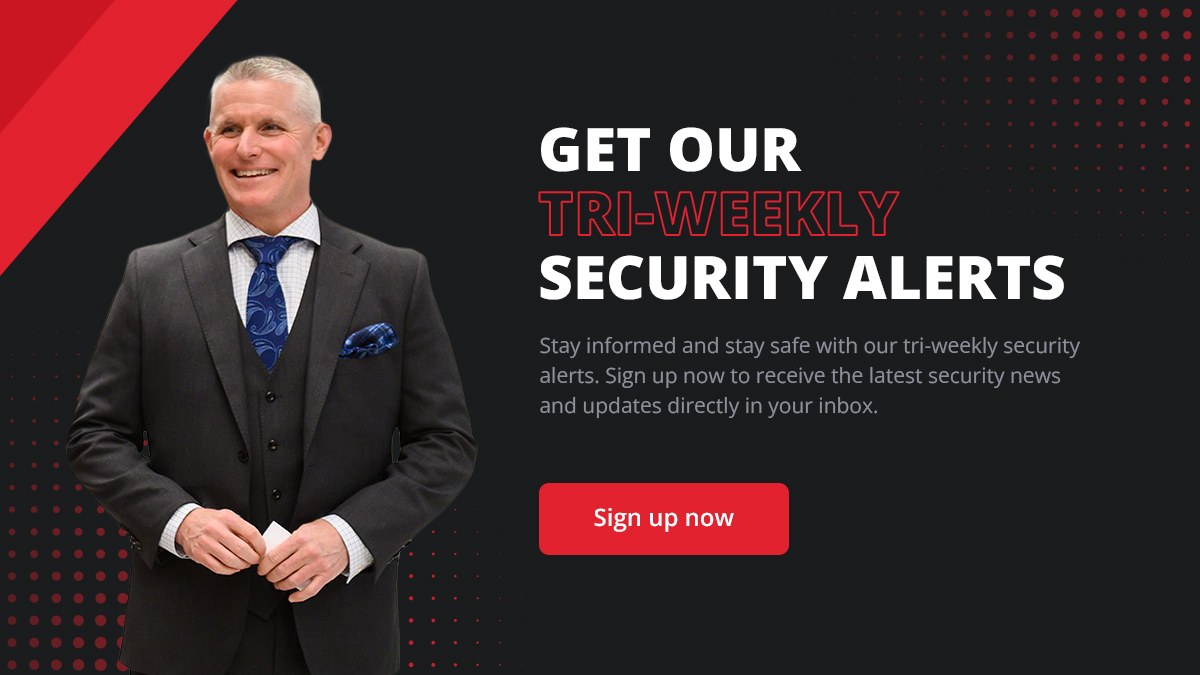
Conclusion
In conclusion, security compliance is a critical component of modern organizational operations, ensuring that sensitive data is protected and that businesses operate within the boundaries of regulatory requirements. While compliance provides a framework for security, it should not be mistaken for complete security. Organizations must adopt a proactive and comprehensive approach to security that goes beyond meeting compliance standards to guard against evolving threats effectively.
Regular reviews and updates of security policies, tailored to the specific needs of different industries, are essential for maintaining an effective compliance posture. Moreover, the role of employees in upholding security measures cannot be overstated; their awareness and vigilance are vital in preventing breaches and ensuring the ongoing security of organizational data.
Overall, the journey towards security compliance is ongoing and dynamic. It requires a commitment to continuous improvement and adaptation in response to new threats and changing regulations. By prioritizing security compliance, organizations can protect themselves against immediate threats and build a strong reputation for reliability and trustworthiness in the digital age. Our Resources library provides valuable insights and guidance on maintaining resilient cybersecurity compliance. Contact us today for more information on securing your organization's future with proactive cybersecurity measures.
FAQs
Organizations often have questions about security compliance's implications, requirements, and best practices. Below are frequently asked questions and answers that can help clarify common concerns and misconceptions about security compliance.
Does Being Compliant Mean Being Secure?
Compliance with security standards is critical to securing an organization, but it does not guarantee complete security. Compliance means that an organization meets a set of predefined standards or regulations designed to protect against known risks and vulnerabilities. However, security is a broader concept that involves ongoing efforts to protect against evolving threats. While compliance provides a strong foundation for security, it should be part of a comprehensive security strategy that includes proactive threat detection, continuous monitoring, and adaptive risk management practices.
How Often Should an Organization Review and Update Its Security Compliance Policies?
Security compliance policies should be reviewed and updated regularly to ensure they remain effective and relevant. The frequency of these reviews can depend on several factors, including changes in compliance requirements, emerging security threats, organizational changes, and technological advancements. As a general guideline, it is advisable to review security compliance policies at least annually. However, more frequent reviews may be necessary if the organization undergoes significant changes, such as new technology implementations, expansion into new markets, or after a security breach.
Does Security Compliance Differ Based on Various Industries?
Yes, security compliance requirements can vary significantly across different industries due to the differing nature of the data handled and the specific risks involved. For instance, the healthcare industry must comply with HIPAA regulations that protect patient information. Financial institutions may be governed by regulations like PCI-DSS for payment security and GLBA for financial privacy. Technology companies, especially those dealing with data storage and processing, must adhere to frameworks like ISO 27001 and GDPR. Each industry has unique compliance standards that address its specific security concerns.
What Role Do Employees Play in Ensuring an Organization Meets Its Security Compliance Requirements?
Employees are crucial in helping an organization meet its security compliance requirements. They are often the first line of defense against many security threats, particularly those involving phishing attacks or other forms of social engineering. Educating employees about compliance policies, proper data handling practices, and potential security threats is essential. Regular training and awareness programs can help instill a security culture and ensure that all employees understand their role in maintaining compliance. Additionally, employees should be encouraged to report suspicious activities, which can help prevent security incidents and breaches.
 Security Updates
Security UpdatesUnderstanding IT Compliance: Scope, Benefits, and Challenges
Discover what IT compliance is, its importance, benefits, risks of non-compliance, frameworks, and how to achieve robust IT compliance in your organization.
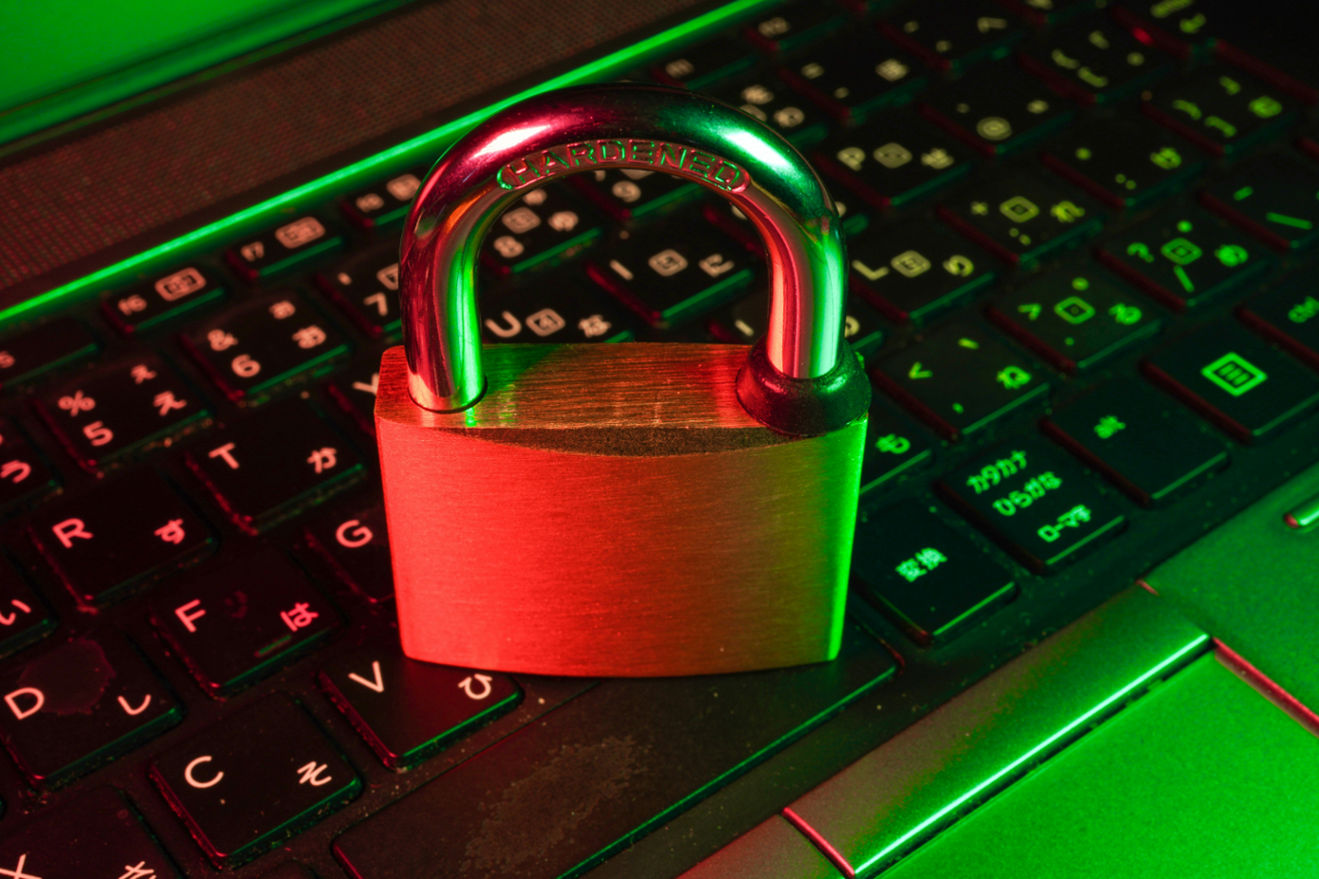 Security Updates
Security UpdatesImplement Secure Browsing with Powerful SSL Decryption
Explore the essentials of SSL decryption, its importance, challenges, and best practices for enhancing security and compliance for business in a detailed guide
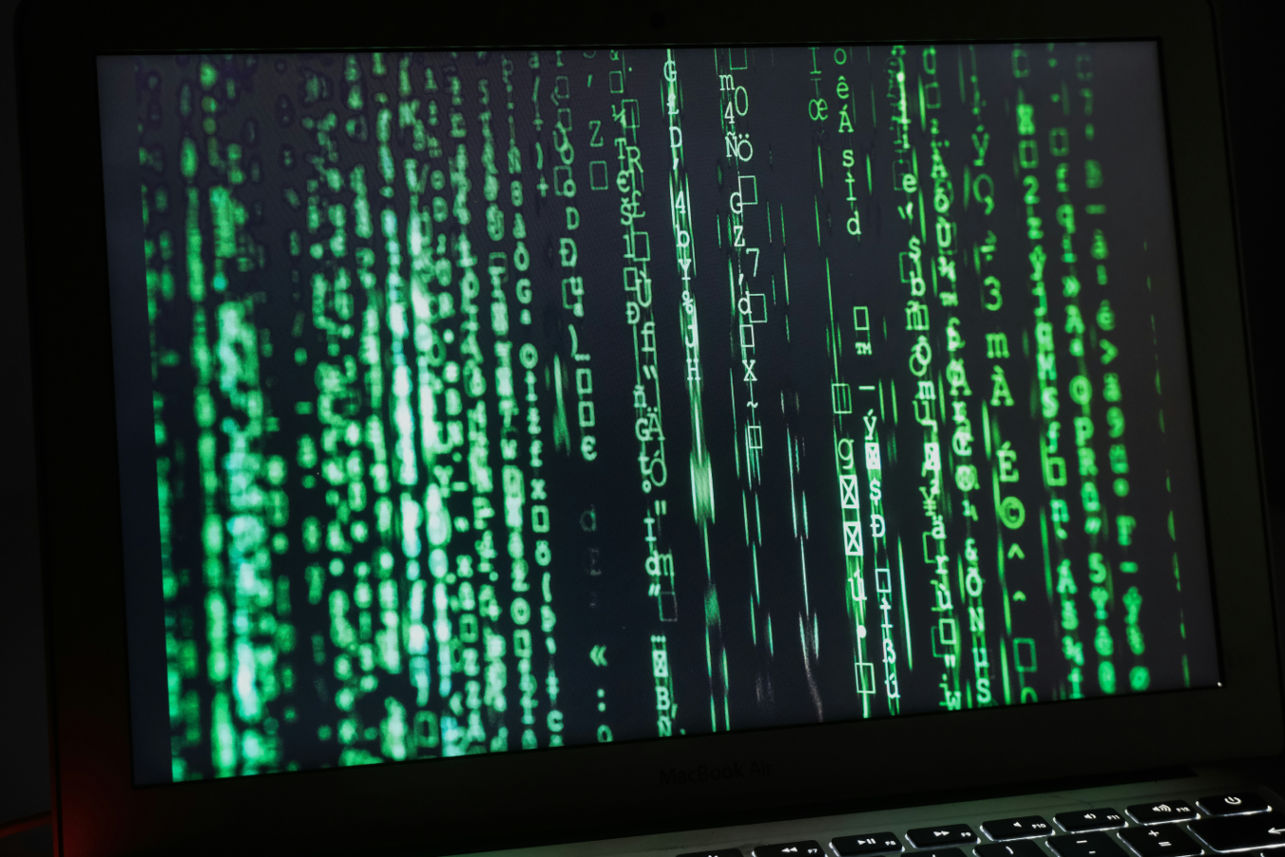 Security Updates
Security UpdatesTransitioning from Proxy Firewalls to Endpoint Security
Explore the evolution from proxy firewalls to endpoint security, enhanced threat detection, data encryption, and comprehensive protection for modern networks.
 Security Updates
Security UpdatesExpert IT Risk Assessment: Protect Your Business Today!
Mitigate potential IT threats with our comprehensive risk assessment guide, ensuring your digital infrastructure. Ensure your business is secure an...
 Security Updates
Security UpdatesEssential Guide to Best Practices in Compliance Security
Explore essential strategies for compliance security in this comprehensive guide. Learn about safeguarding your business and meeting regulatory sta...
 Security Updates
Security UpdatesSecure Your Data with Expert Cloud Database Solutions
Learn efficient solutions and secure your cloud databases with encryption and compliance features, ensuring data safety and privacy across all plat...
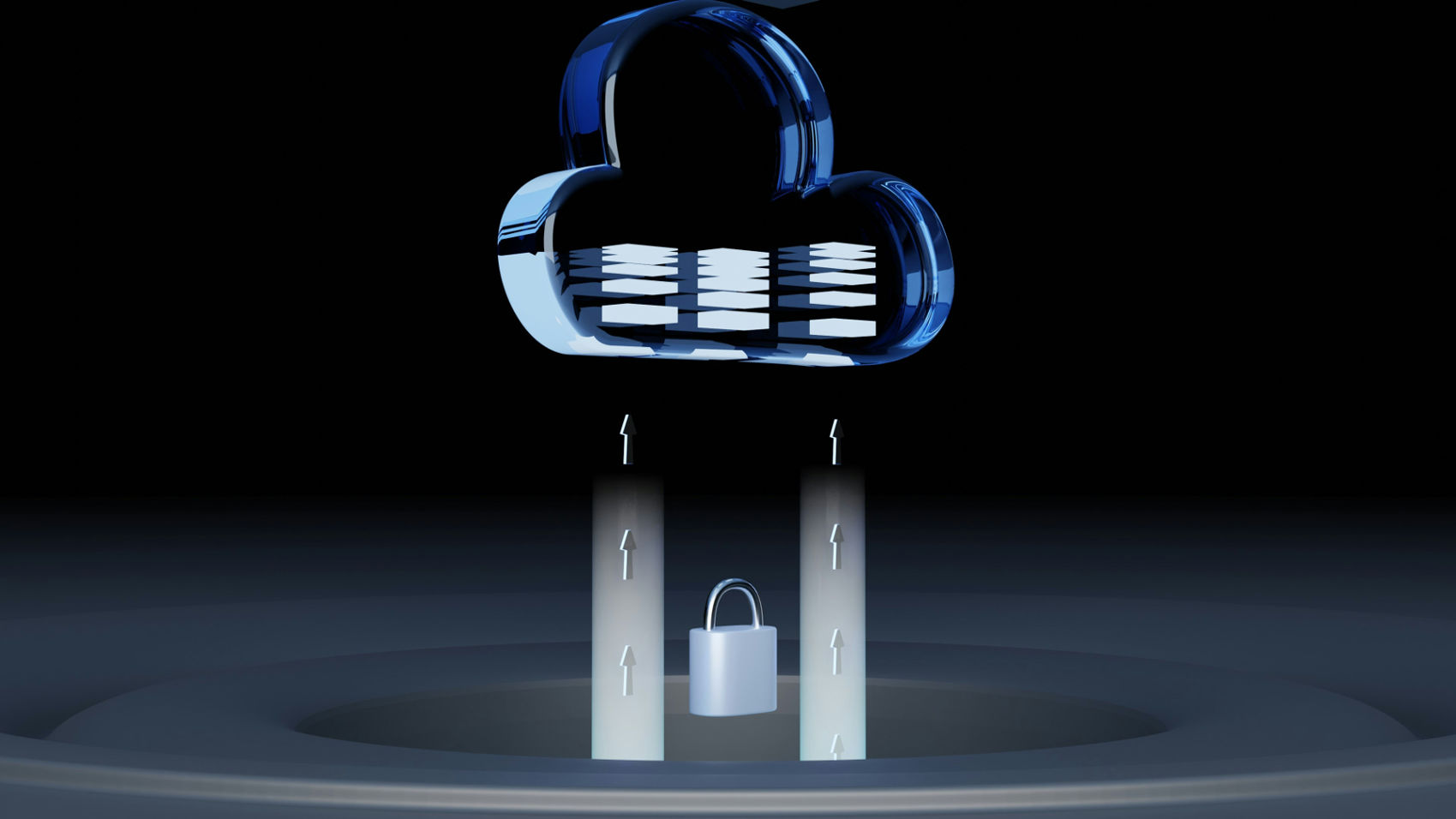 Security Updates
Security UpdatesA Guide to Cloud Network Technology: Benefits and Types
Unlock the potential of cloud network technology for seamless connectivity. Learn and scale solutions that drive business innovation and growth via...
 Security Updates
Security UpdatesAffordable Managed IT Services for Small Businesses
Explore top-managed IT services for small businesses to boost efficiency and security. Get expert insights and practical tips to optimize your IT o...
 Security Updates
Security UpdatesSecure Your Network with Gateway Security Solutions
Explore the essentials of gateway security: learn about its importance for network protection and best practices to safeguard your digital assets e...
 Security Updates
Security UpdatesDisaster Recovery Testing: Ensure Business Continuity
Explore effective disaster recovery testing strategies in this guide to maintain business continuity, prevent data loss, and minimize downtime duri...
 Security Updates
Security UpdatesMaximizing Security: Vulnerability Management Lifecycle
Explore the complete guide to the Vulnerability Management Lifecycle to boost your cyber resilience and secure your business IT infrastructure effe...
 Security Updates
Security UpdatesYour Network with Endpoint Security Management
Explore our comprehensive guide on Endpoint Security Management to understand its importance, how it works, and best practices for robust network s...
 Security Updates
Security UpdatesEnsuring Security Compliance: Tips, Insights & Strategies
Discover the essentials of security compliance, its importance, frameworks, and tools. Learn how to protect data and meet regulatory standards effe...
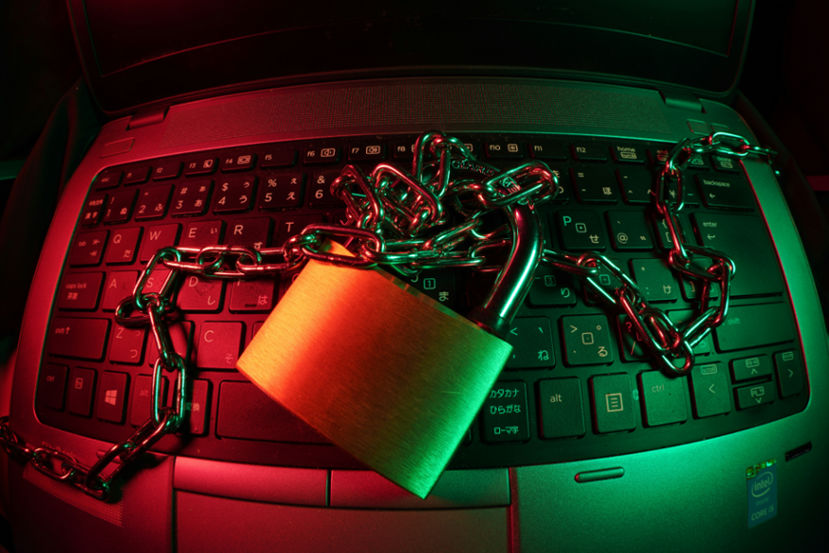 Security Updates
Security UpdatesBoost Your Security with Internal Penetration Testing
Dive into internal penetration testing with our in-depth guide. Learn the essentials, techniques, and best practices to fortify your cybersecurity ...
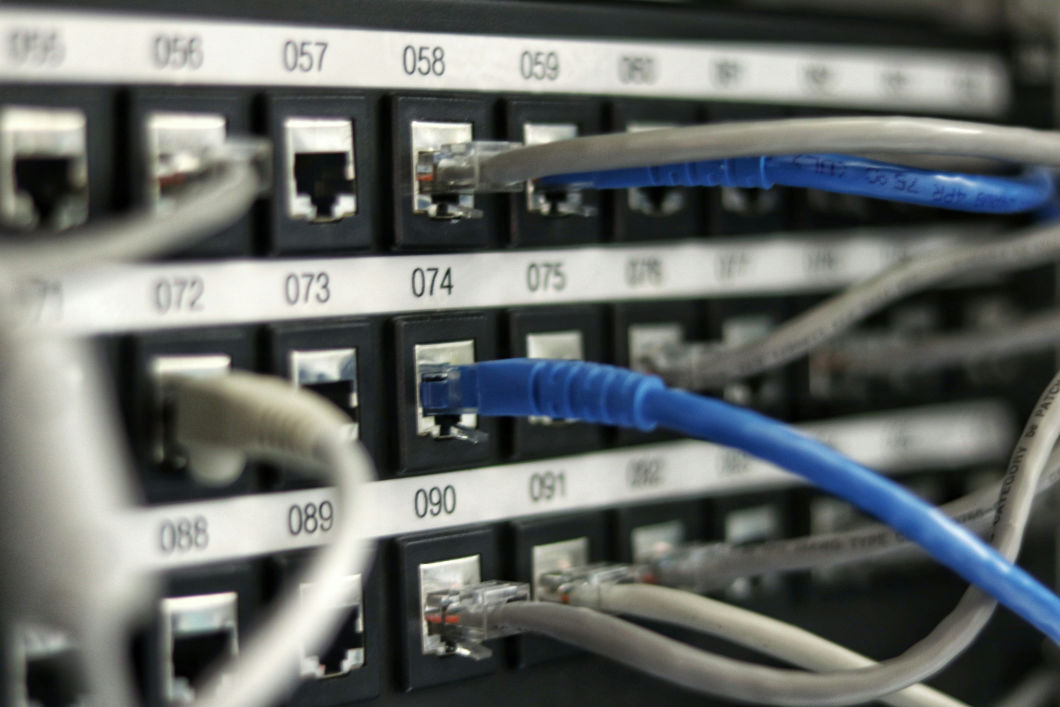 Security Updates
Security UpdatesEgress vs Ingress: A Guide to Data Traffic Management
Understand Egress vs Ingress in data management. Learn and explore their roles, traffic analysis, risks, and best practices for network and cloud s...
 Security Updates
Security UpdatesPrevent Credential Harvesting to Protect Your Precious Data
Understand credential harvesting. Learn how it works, common techniques, its impact, and strategies to prevent and mitigate attacks to secure your ...
 Security Updates
Security UpdatesSecure Your Big Data: Top Solutions for Data Security
Protect your valuable data with our robust big data security solutions. Learn about the threats and Safeguard against cyber threats and ensure comp...
 Security Updates
Security UpdatesSecure Your Network with Advanced Management Solutions
Explore the details of comprehensive network security management: Learn key strategies, best practices, and tools to safeguard your digital environ...
 Security Updates
Security UpdatesGuide to On-Path Attacks: Protecting Your Cybersecurity
Learn about on-path attacks in this comprehensive guide, exploring definitions, types, consequences, and key prevention strategies to safeguard you...
 Security Updates
Security UpdatesExploring Managed Cloud Services: A Comprehensive Guide
Dive into the Managed Cloud Services with our in-depth guide. Explore benefits, types, and best practices to enhance your business's cloud strategy...
 Security Updates
Security UpdatesComprehensive Guide to Ubiquitous Computing: Impact & Future
Explore the details of ubiquitous computing, from its core concepts and layers to its societal impact, key technologies, applications, and future p...
 Security Updates
Security UpdatesClone Phishing Explained: Detection and Prevention Guide
Discover how clone phishing works and its impact. Learn effective strategies to identify, prevent, and respond to these sophisticated email threats...
 Security Updates
Security UpdatesHow to Secure Your Business with Cyber Security Insurance
Explore the essentials of Cyber Security Insurance, covering its importance, types of coverage, benefits, and considerations for businesses in the ...
 Security Updates
Security UpdatesEfficient Data Spooling Solutions For Streamlined Operation
Learn How To Efficiently Manage And Store Your Data With Our Reliable Data Spooling Services. Keep Your Information Organized And Accessible With T...
 Security Updates
Security UpdatesMaximizing Compliance & Risk Management: Expert Strategies
Learn how to ensure business success with effective compliance and risk management strategies. Explore definitions, differences, frameworks, and ch...
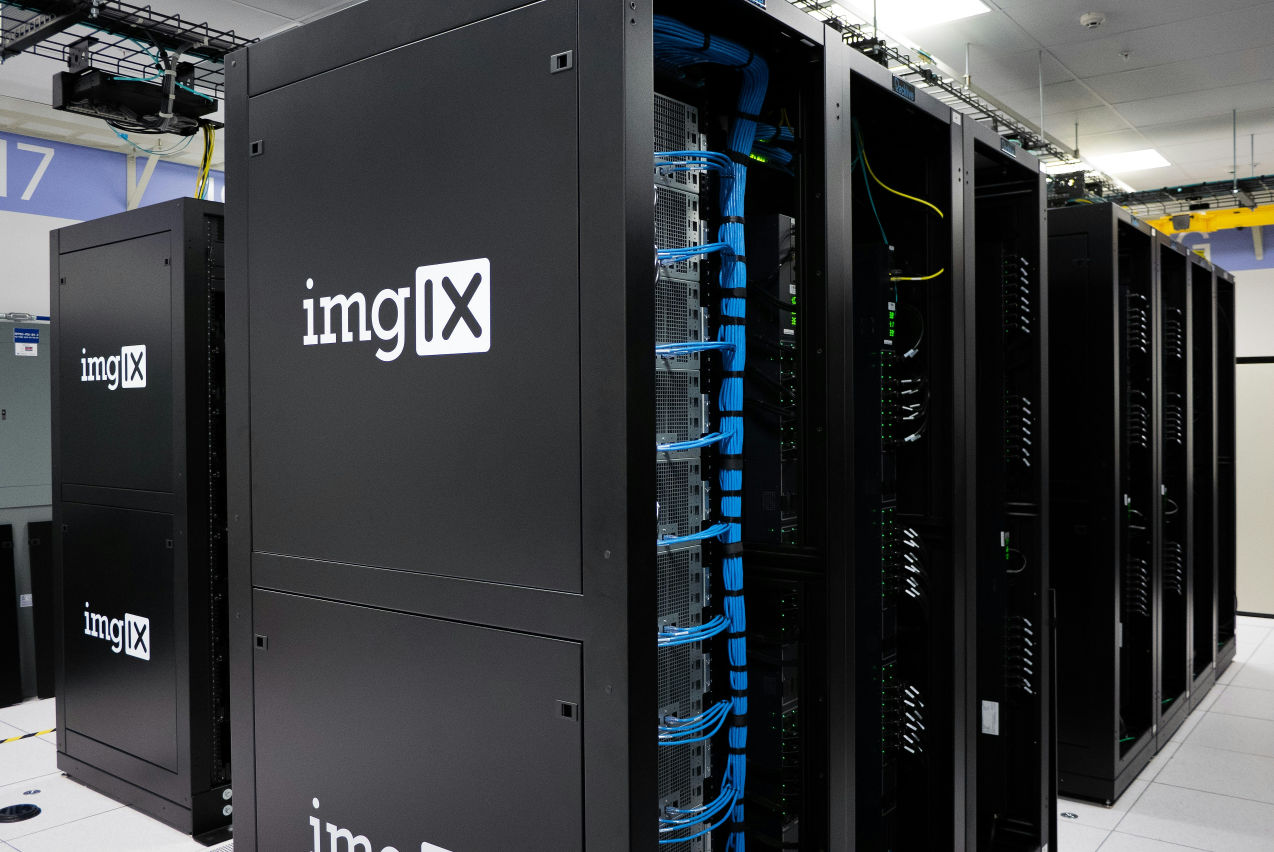 Security Updates
Security UpdatesUnderstanding MDF vs IDF: Key Differences & Benefits
Explore the crucial differences and examples between MDF and IDF in networking, understanding their roles, functions, and impact on network infrast...
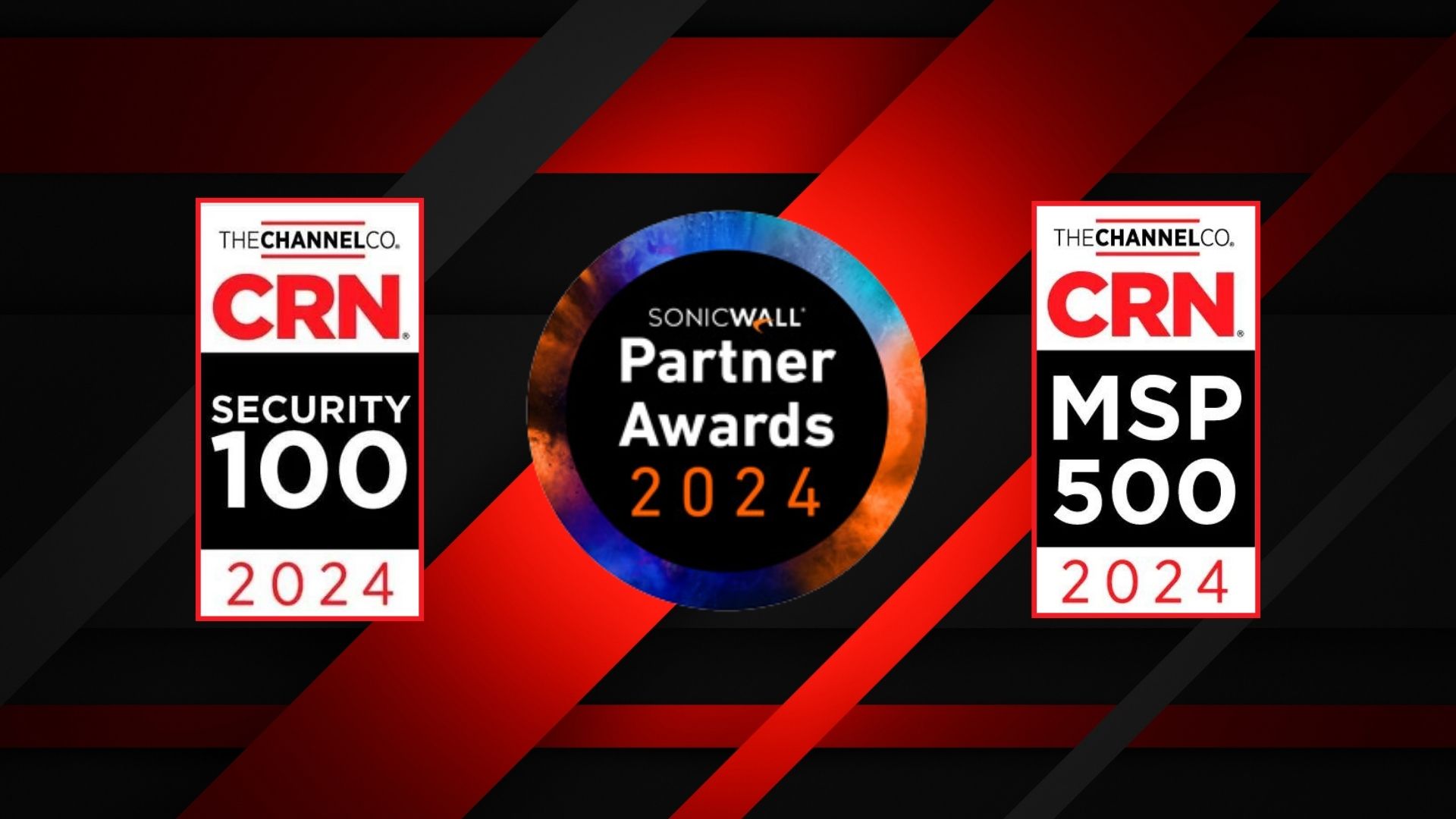 Security Updates
Security UpdatesRedZone Wins CRN's Top Security 100 & MSP 500 Awards 2024
RedZone Technologies earns CRN's Security 100 & MSP 500 Awards, affirming its leadership and innovative approach in the cybersecurity and IT manage...
 Security Updates
Security UpdatesJames Crifasi Speaks on Cybersecurity at Tech Conference
Join James Crifasi, CTO & COO of RedZone Technologies, at the Tech Conference as he explores cybersecurity's role in driving business growth and ad...
 Security Updates
Security UpdatesRedZone's James Crifasi Wins SonicWall's Technical Hero Award
CTO James Crifasi of RedZone Technologies earns SonicWall's Technical Hero of the Year, exemplifying unparalleled dedication to cybersecurity and I...
 Security Updates
Security UpdatesHow to Encrypt Email in Outlook
Learn how to encrypt email in Outlook with our step-by-step guide. Secure your messages using S/MIME, Office 365 Encryption OME, and add-ins for pr...
 Security Updates
Security UpdatesWhat Is Security Monitoring? Importance and Tools
Explore the importance of security monitoring, its key roles, types, and how it protects organizations against threats, ensuring compliance and pro...
 Security Updates
Security UpdatesServer 2012 R2 End of Life: Implications and Next Steps
Learn about Server 2012 R2 end of life: Understand its impact, key dates, risks post-EOL, and explore upgrade options and migration strategies for ...
 Security Updates
Security UpdatesProtect Personal Data: Smishing and Phishing Prevention
Know how to identify and protect against smishing and phishing attacks. Learn the techniques, types, and preventive measures for personal and busin...
 Security Updates
Security UpdatesSmurf Attack Guide: Prevention & Detection Strategies
Explore prevention & recovery from Smurf Attacks: Understand DDoS defense, detection signs, and secure network practices in our detailed cybersecur...
 Security Updates
Security UpdatesWhat is a Bad USB Attack, and How Do You Prevent It?
Learn about Bad USB attacks, their various forms, and strategies for safeguarding devices. Learn how to mitigate risks with effective prevention te...
 Security Updates
Security UpdatesKey Differences Between DOS Attack vs DDOS Attack
Explore the key differences between DDoS vs DoS attacks, their types, impacts, and prevention strategies in our comprehensive guide to enhance cybe...
 Security Updates
Security UpdatesUnderstanding the Impact of a Ping of Death Attack
Explore the ins and outs of Ping of Death attacks. Understand how they work, their impact on networks, and strategies to prevent them to keep your ...
 Security Updates
Security UpdatesThe Power of the Human Firewall: Your First Line of Defense
Discover the critical role of the human firewall in cybersecurity, combining employee vigilance with technology to protect against cyber threats ef...
 Security Updates
Security UpdatesStateful Firewall vs. Stateless Firewalls: What's the Difference?
Learn the key differences between stateful and stateless firewalls and how they protect your network. Discover the right choice for your security n...
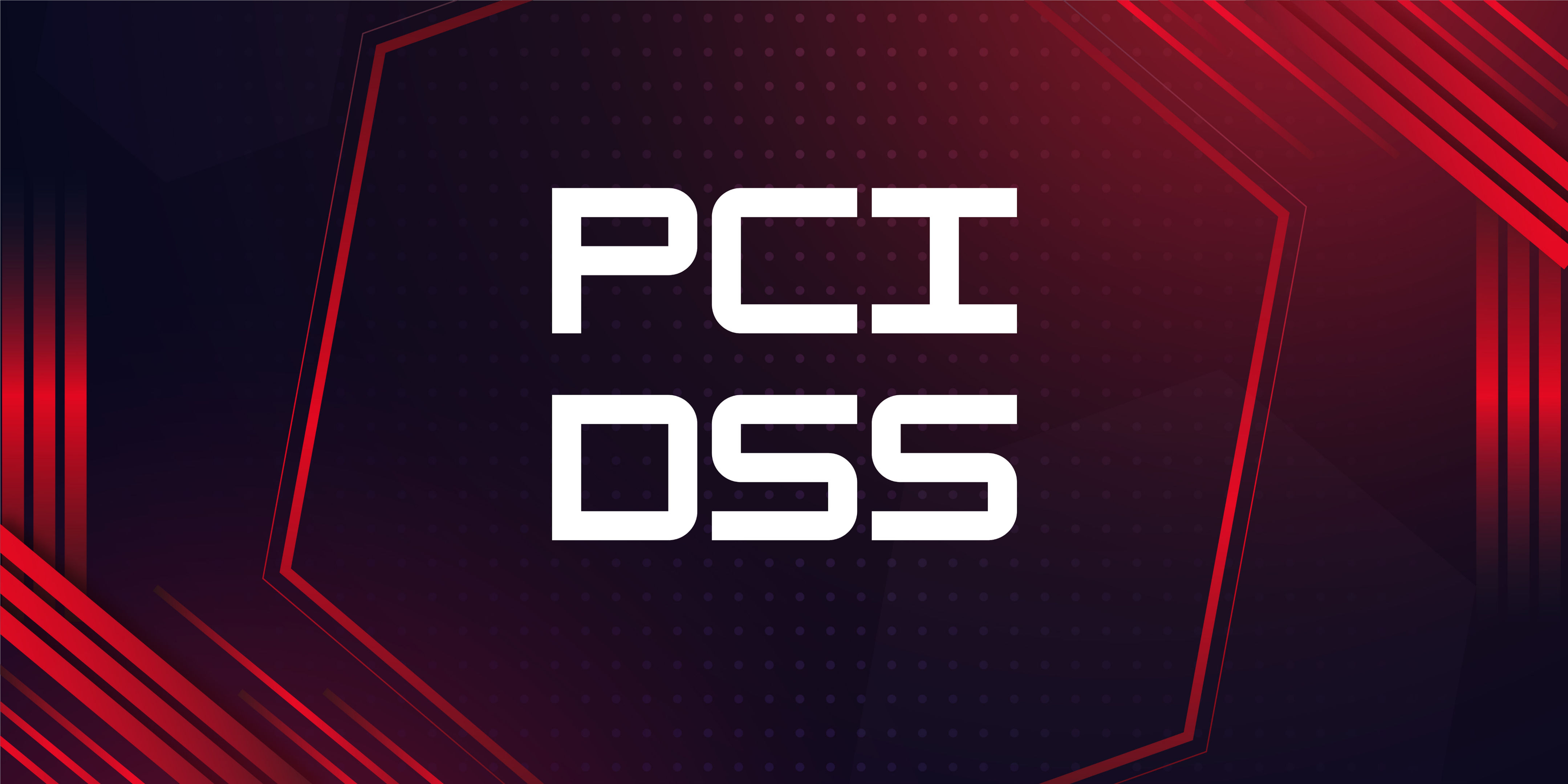 Security Updates
Security UpdatesUnderstanding the 4 Levels of PCI Compliance
Explore PCI DSS Compliance with RedZone: Key steps to protect card data and ensure secure transactions. Learn about compliance levels and tips for ...
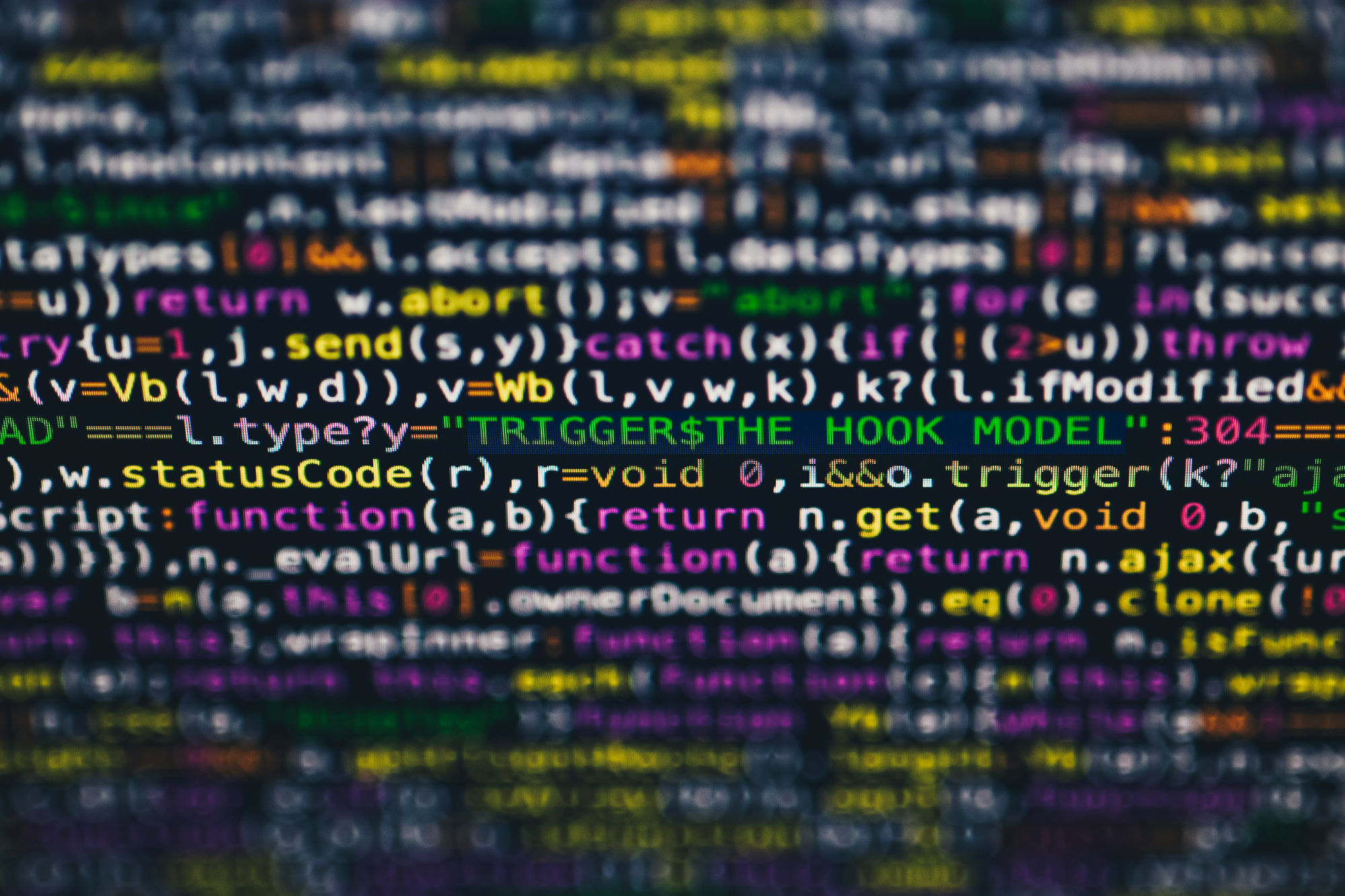 Security Updates
Security UpdatesWhat Is a Security Breach and How to Prevent Them
Learn how to effectively guard your business against security breaches with RedZone Technologies. Discover simple steps to keep your data safe and ...
 Security Updates
Security UpdatesUnderstanding Tailgating in Cybersecurity
Understand tailgating attacks in cybersecurity: what they are, how they work, and effective strategies for prevention to keep your business...
 Security Updates
Security UpdatesWhat is a Managed Service Provider and Its Benefits
Explore the role of Managed Service Providers (MSPs) in enhancing IT efficiency and cybersecurity for businesses, covering benefits, servi...
 Security Updates
Security UpdatesBreach Prevention: 5 Best Practices to Protect Your Data
Learn about data breaches: what they are, their impact, and how to prevent them. Explore best practices for securing your business against cyber th...






